Well, that's probably not true. As a fan of complexity science, I have learned never to assume that different phenomena or domains of inquiry are not somehow related. So I can't explain exactly if and how I will eventually incorporate dragonflies into my work, but I shouldn't say that I won't. Because I probably will. Because they're awesome. Anyway, it's my blog and I'll write about whatever I want.
|
I have loved dragonflies since I was a little kid. I grew up on a farm that had a ditch running through it (I used to think it was a creek, but now I know it was a ditch), and I remember very clearly trying to catch dragonflies using whatever means possible. I would try to grab them. I would throw stuff at them. I would try to knock them out of the air with water. If you've ever spent any time watching them, you'll appreciate their agility - they can turn on a dime in flight and go from traveling at blurrying speed to a dead stop in what seems like an instant. They're remarkable to observe and very tough to catch. They were not in much danger from me. I only remember one time where I successfully got my hands on one. It quickly bit me and I quickly let it go.
|
Dragonflies can be tough quarry. I have yet to photograph one in flight - they're just too fast and they move too frequently. When they stop flying, they don't tend to sit still for long and will often quickly zoom off when approached. I've attempted identifications from the few clear, close-up photos I've managed to get, but I'm not an insect person in the sense that I have any professional expertise or training, so it's more-or-less educated guesswork based on the information that's available online and in the book A Field Guide to Insects by Donald J. Borror and Richard E. White. That second author is my uncle, which may also have something to do with my childhood interest in the small world that has now carried over into my adult life.
Of the many fascinating things about dragonflies (did you know they live their lives as predators in two worlds, the first aquatic and the second aerial?), the one that I find the most interesting on a professional level is their variation in coloration. As a group, dragonflies exhibit a bewildering array of colors (produced by both pigments and structural coloration) and I wonder how that variability in color is structured and what explains it. I know that some of it is related to sex (male and female dragonflies of the same species are often different colors - this is most easily noticed while they're mating, which they do a lot), suggesting the colors play a role in identifying and attracting mates. There is also a lot of inter-species variability. Dragonflies have great eyesight and their brains (capable of rapidly calculating and adjusting flight trajectories to intercept their prey in mid-air) must be built to process a lot of information about color. The patterns of coloration exhibited by dragonflies remind me of those we can see in birds and imagine among at least some dinosaurs.
I'm guessing I'll probably use some data about dragonflies in my work someday (along with my data about aircraft and aircraft engines, information I've collected on the evolution of firearms and cameras, data on dinosaur speciations, and who knows what else), but for now I actually like being somewhat ignorant about most of the technical details and just wondering about them and their world. So I'm not planning on wading into the dragonfly literature anytime soon. For now I'll just enjoy watching them.
But if you're a dragonfly person and you see that I've misidentified something, please let me know.
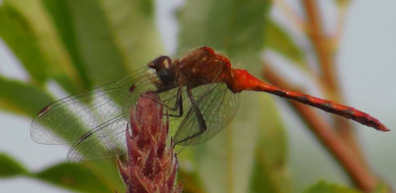
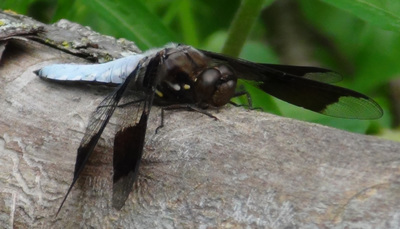
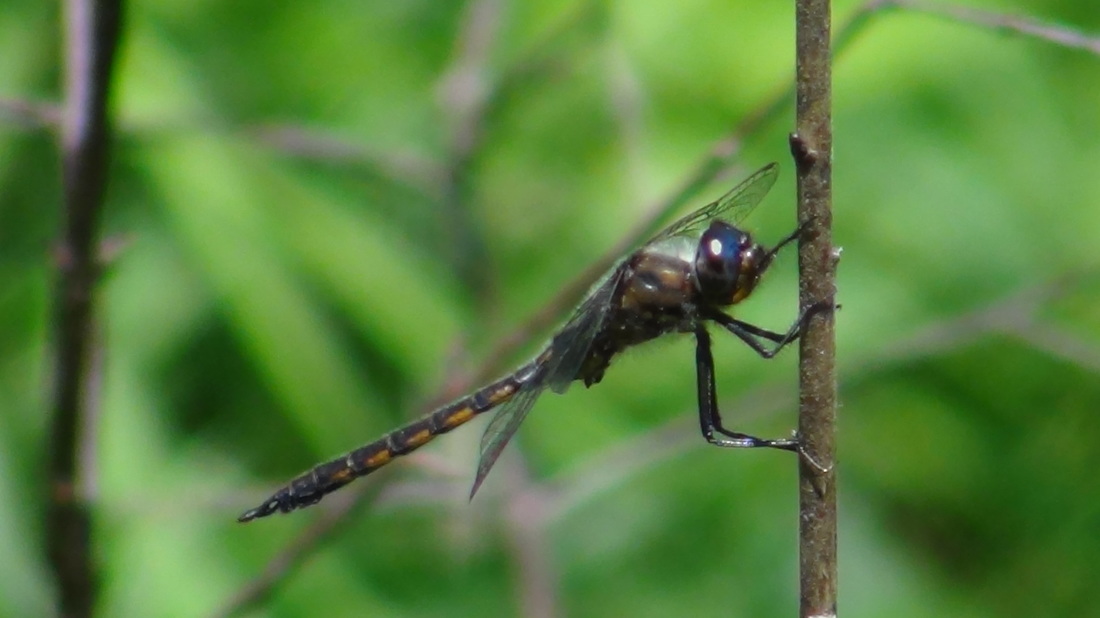
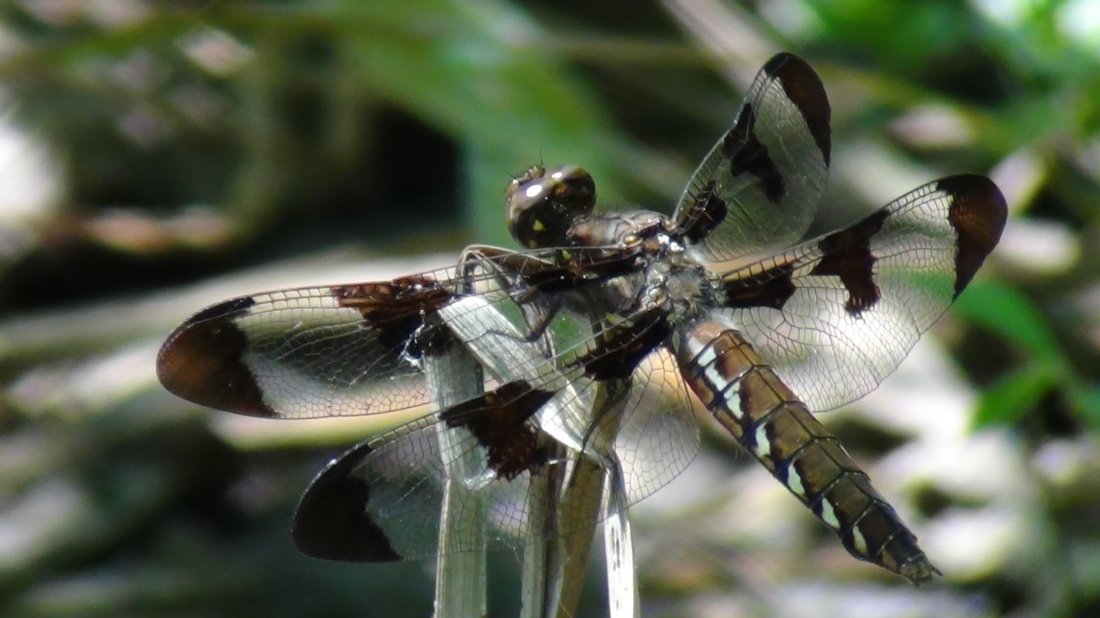
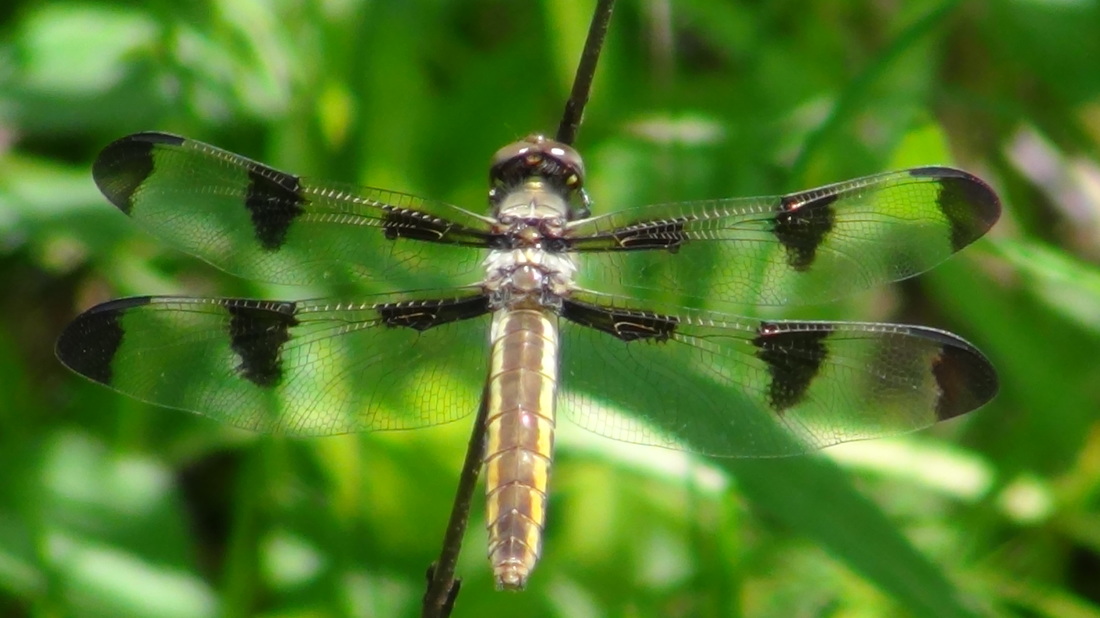
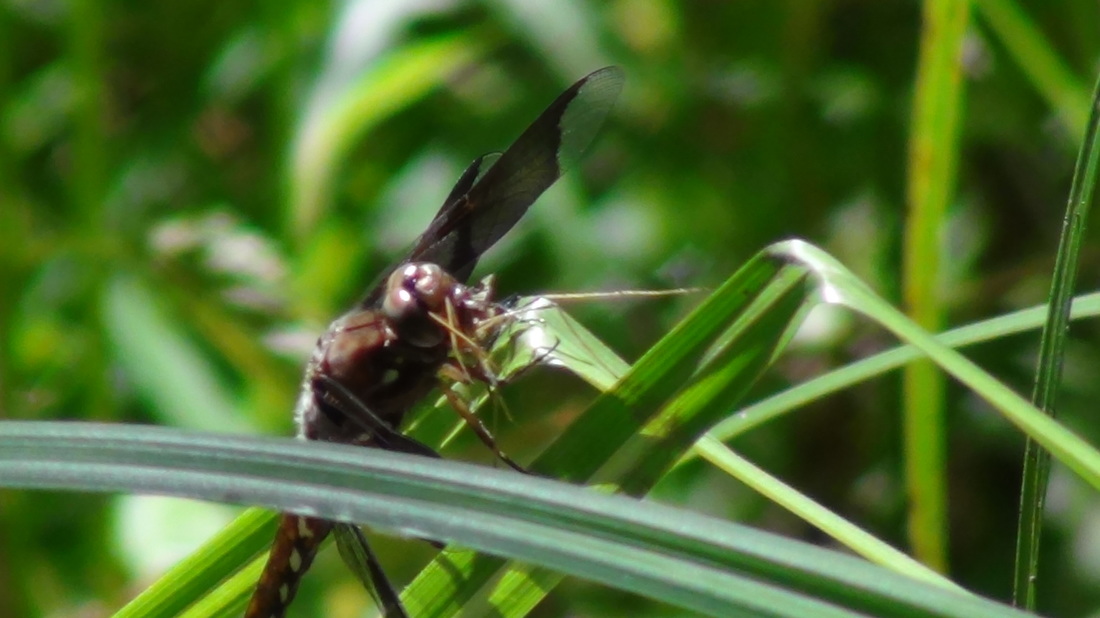
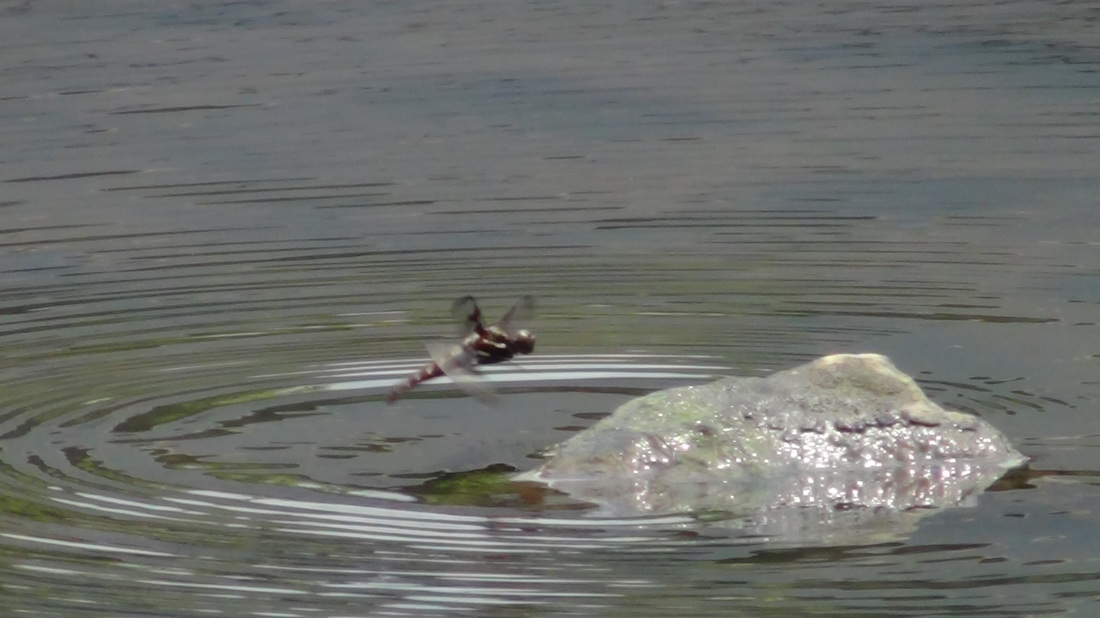
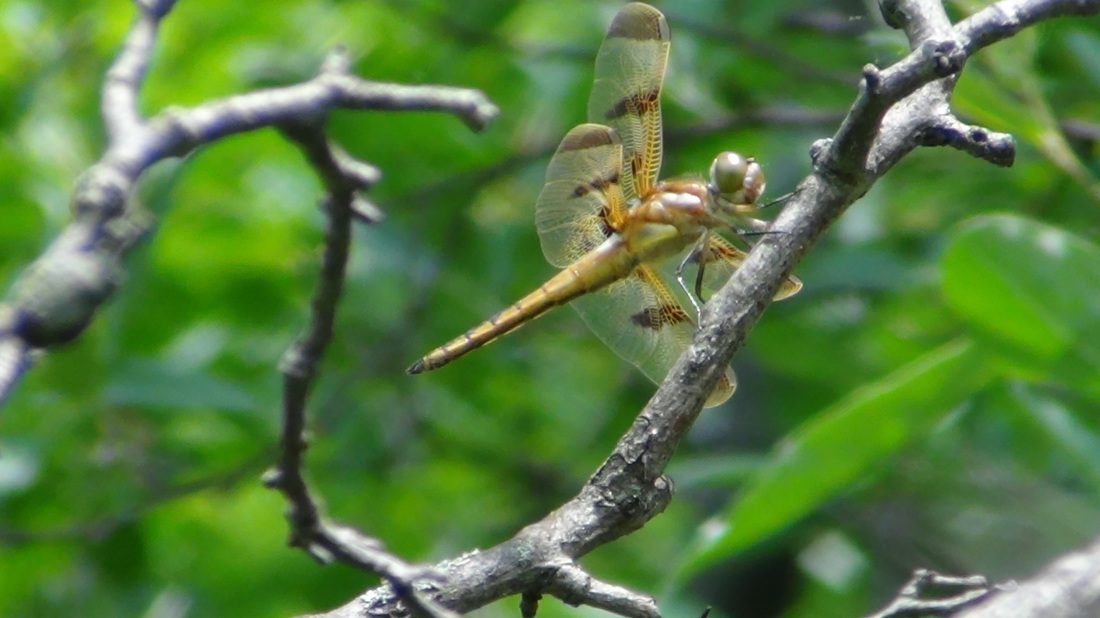
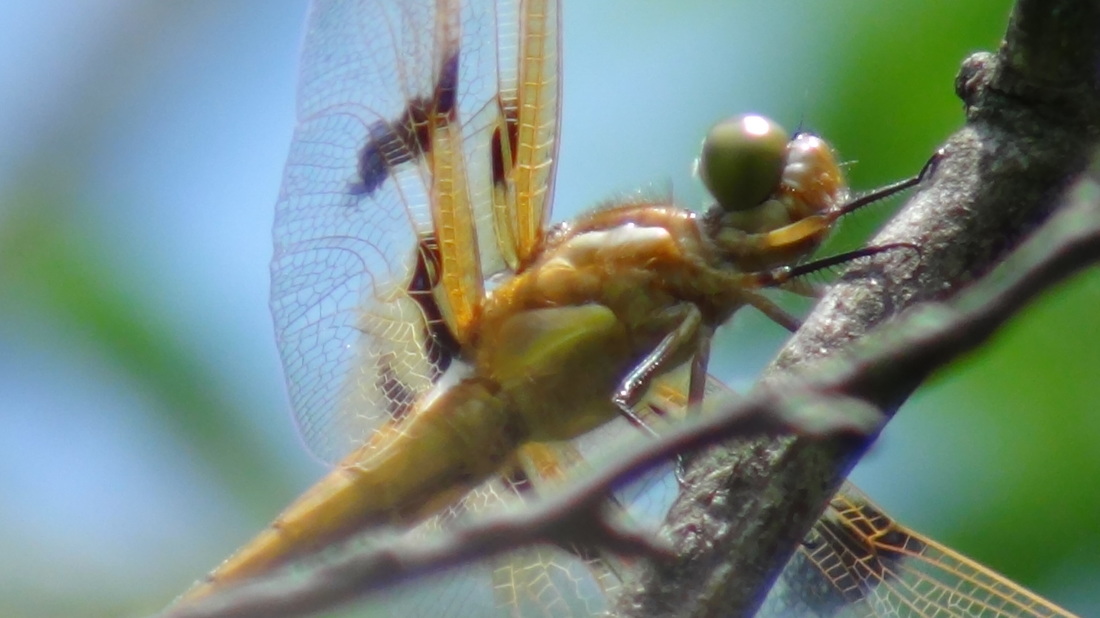

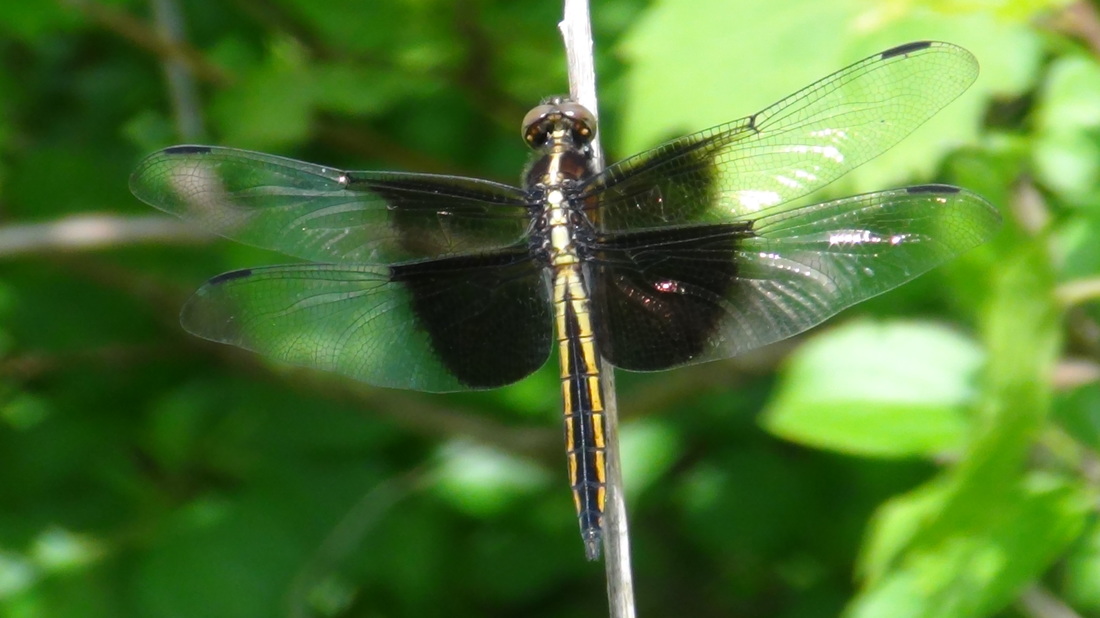
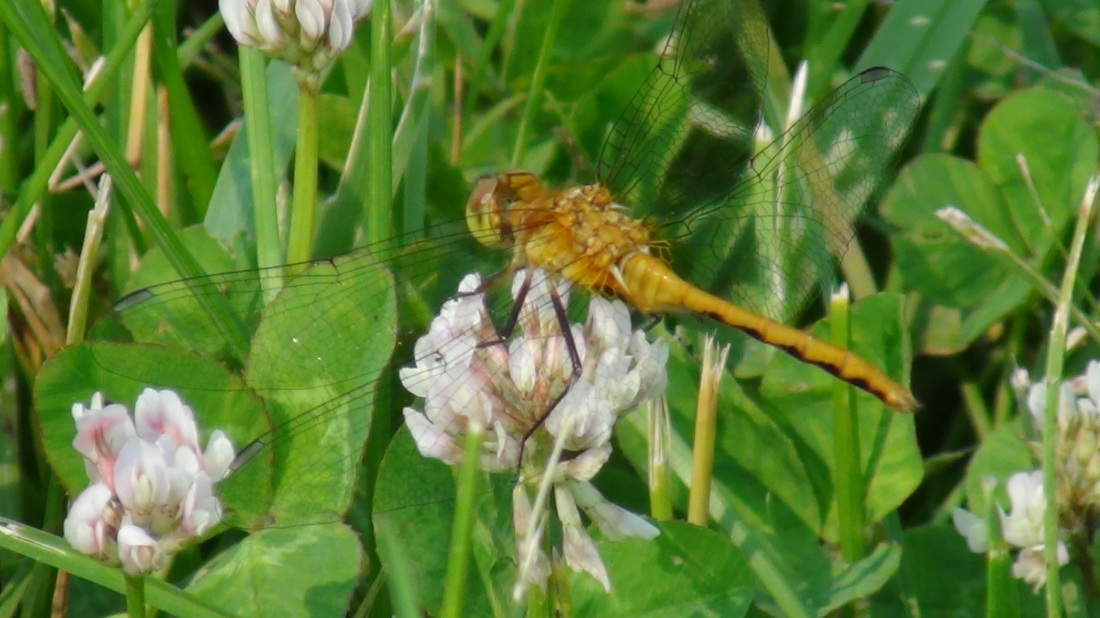
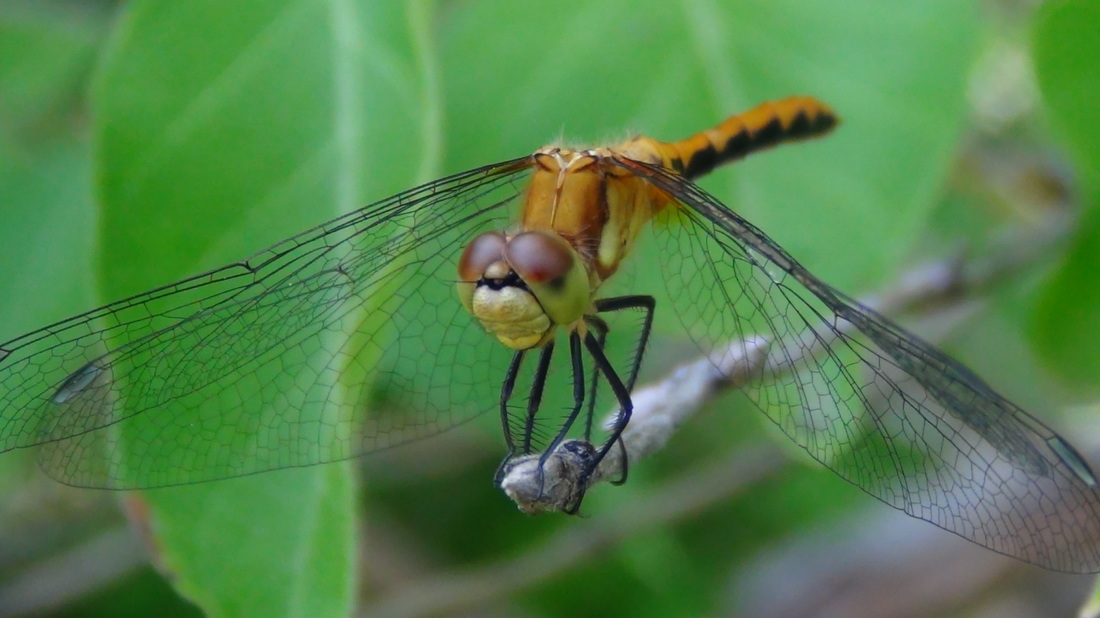
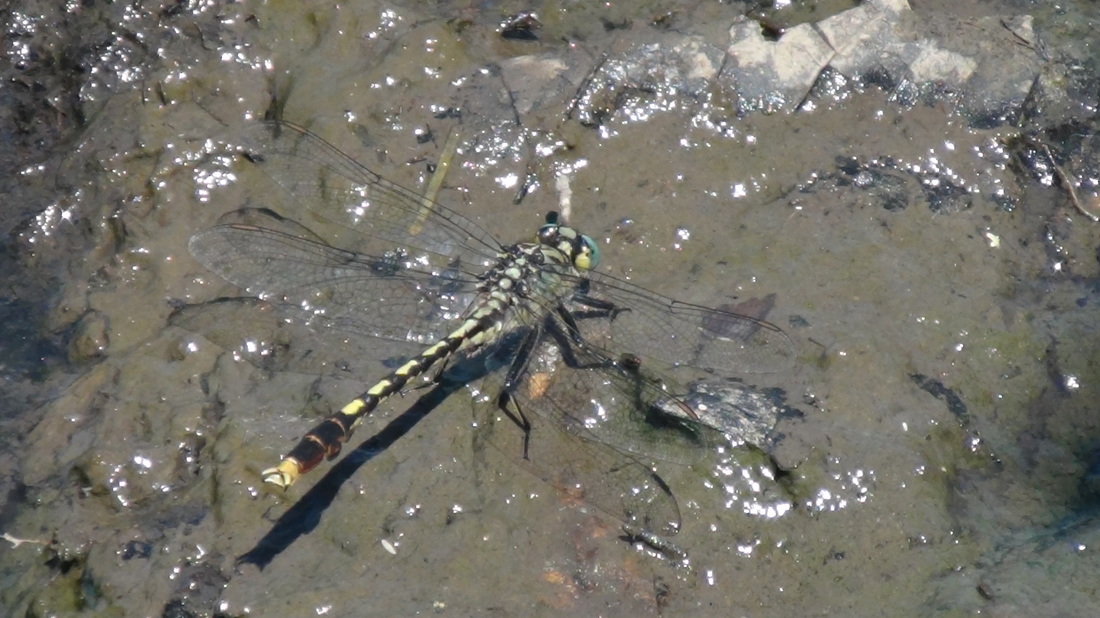
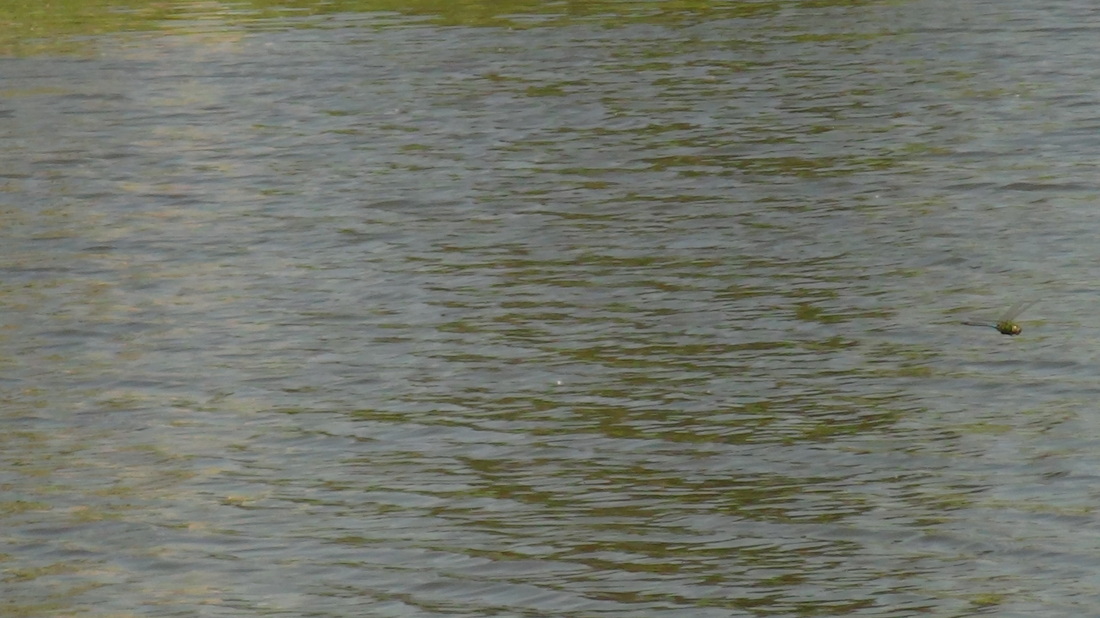
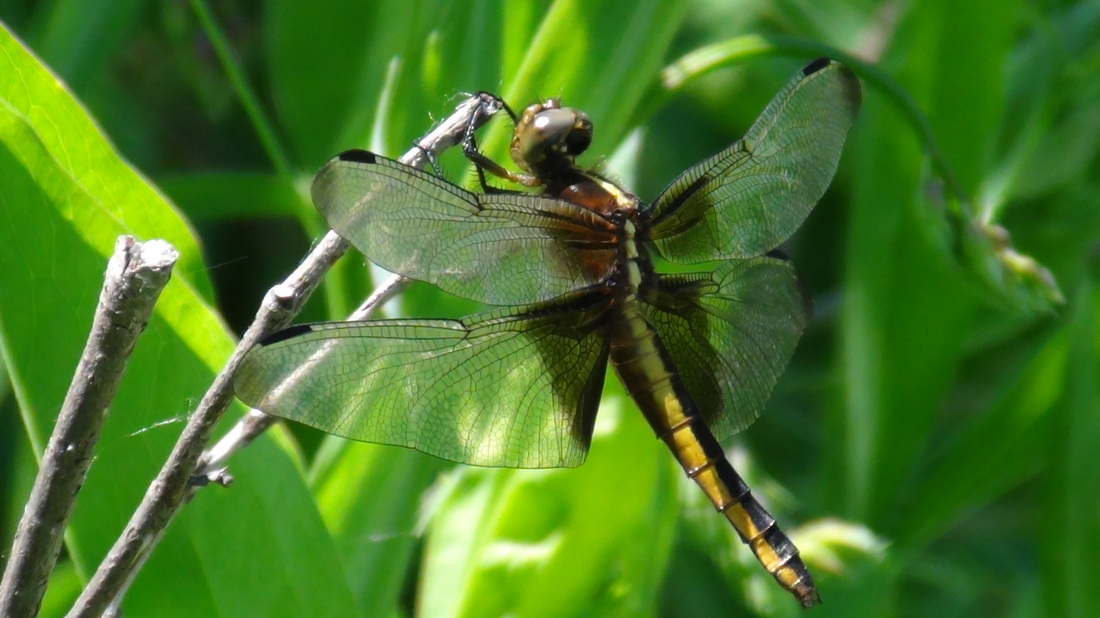

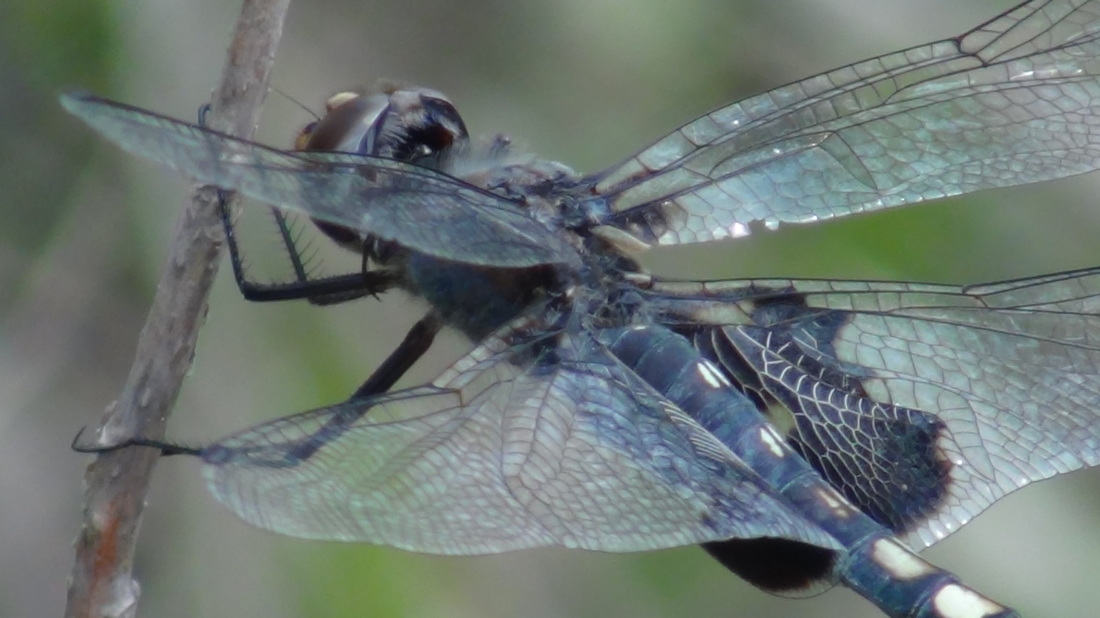
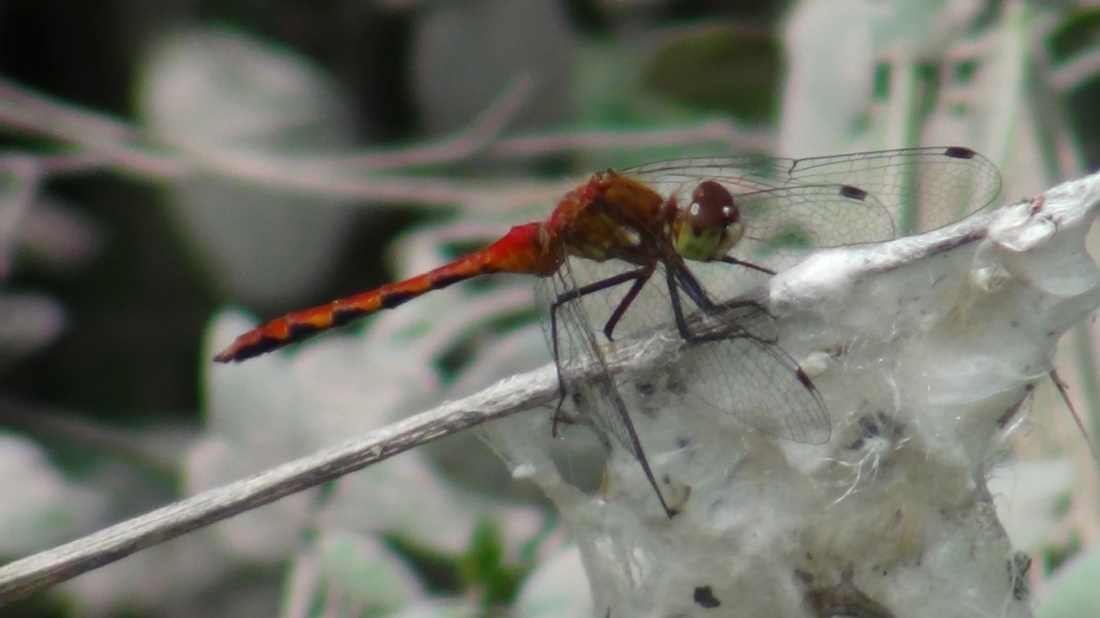
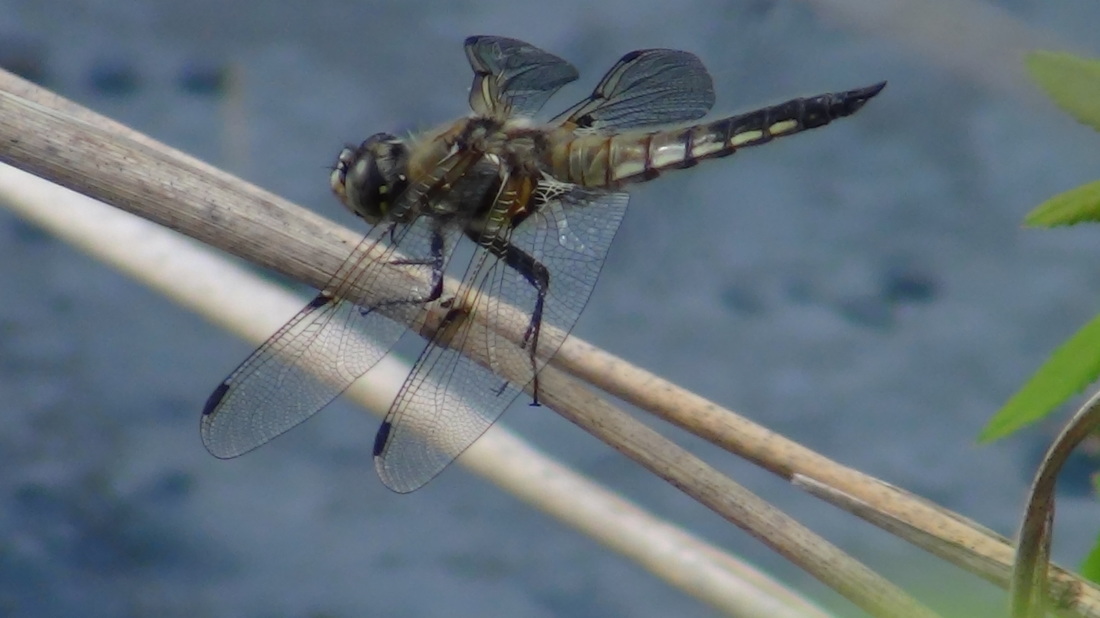
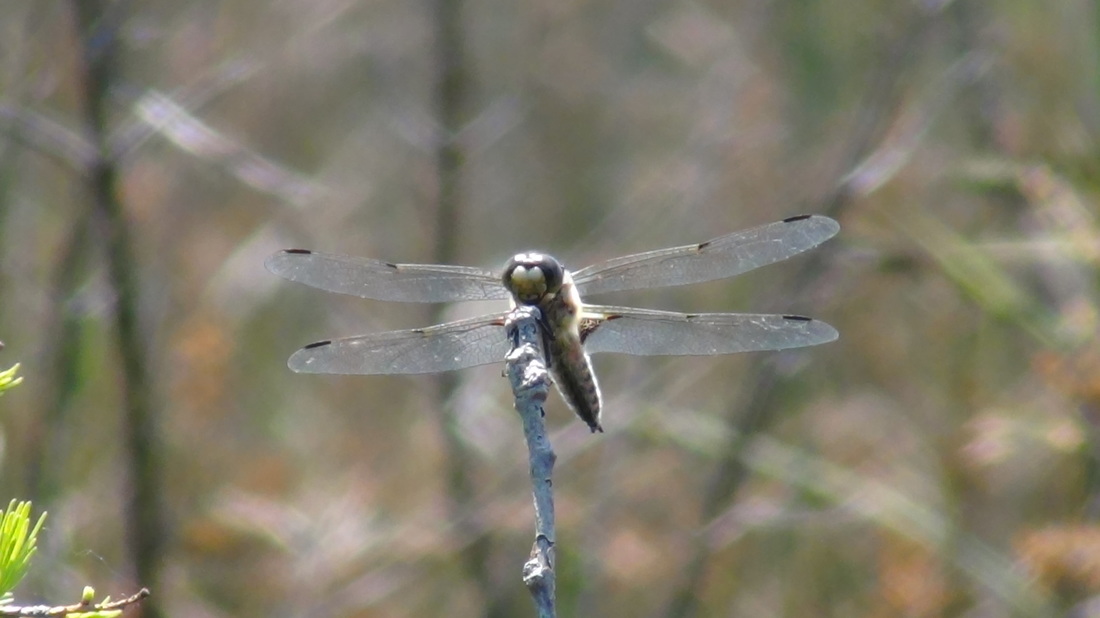
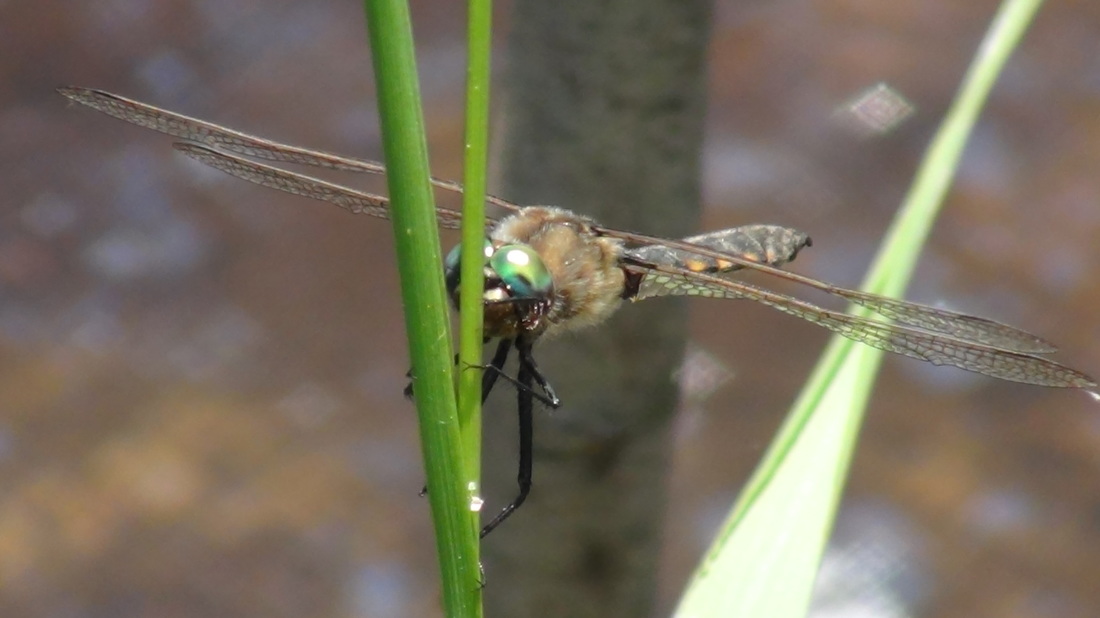
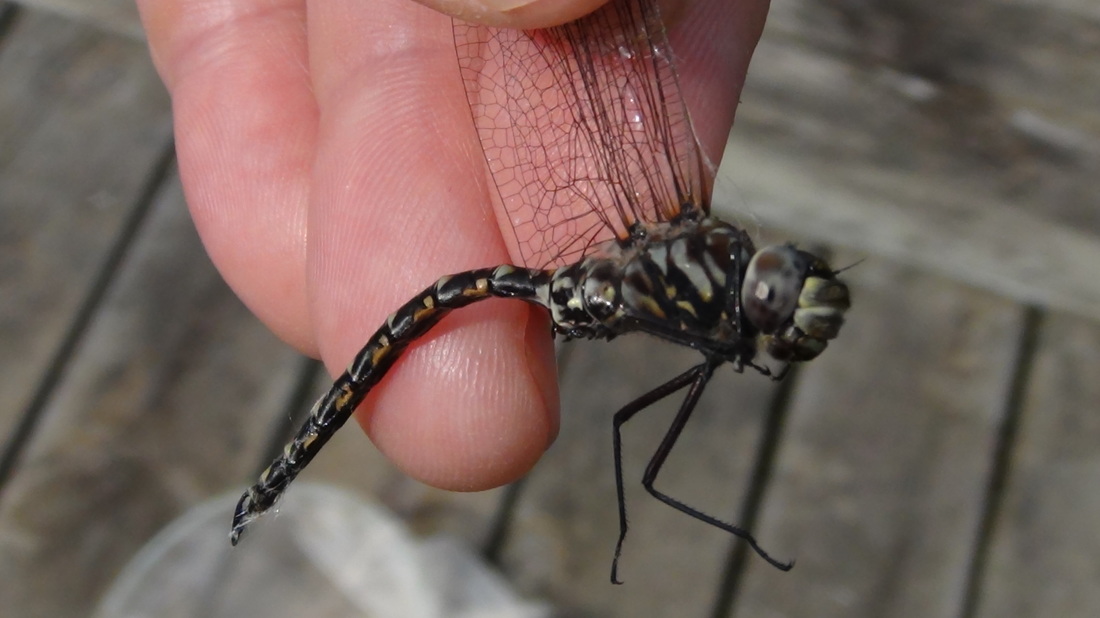
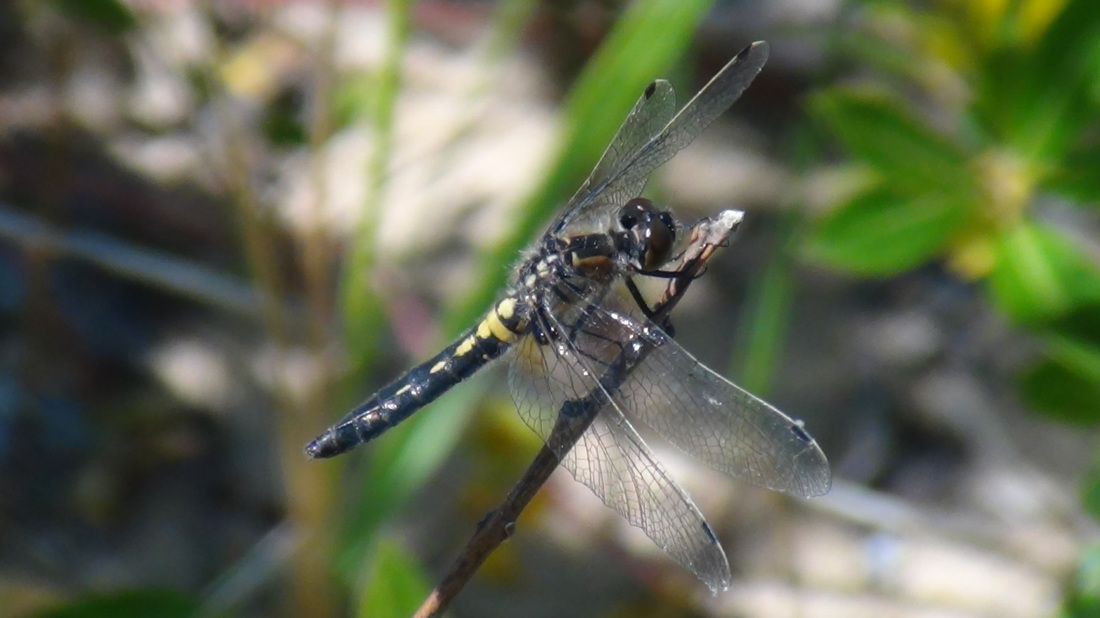
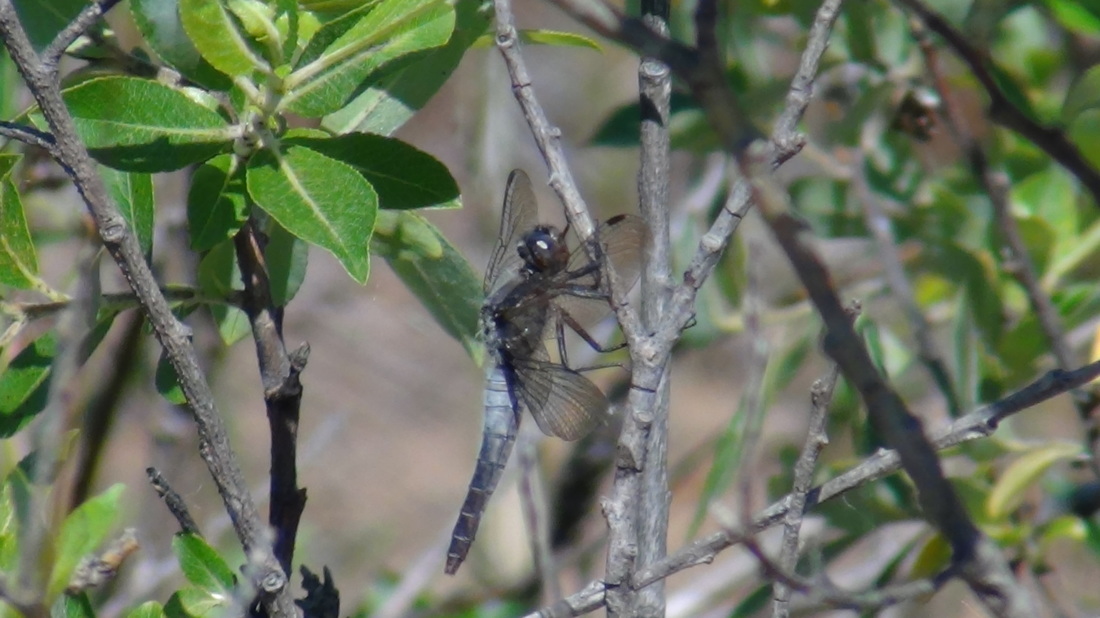
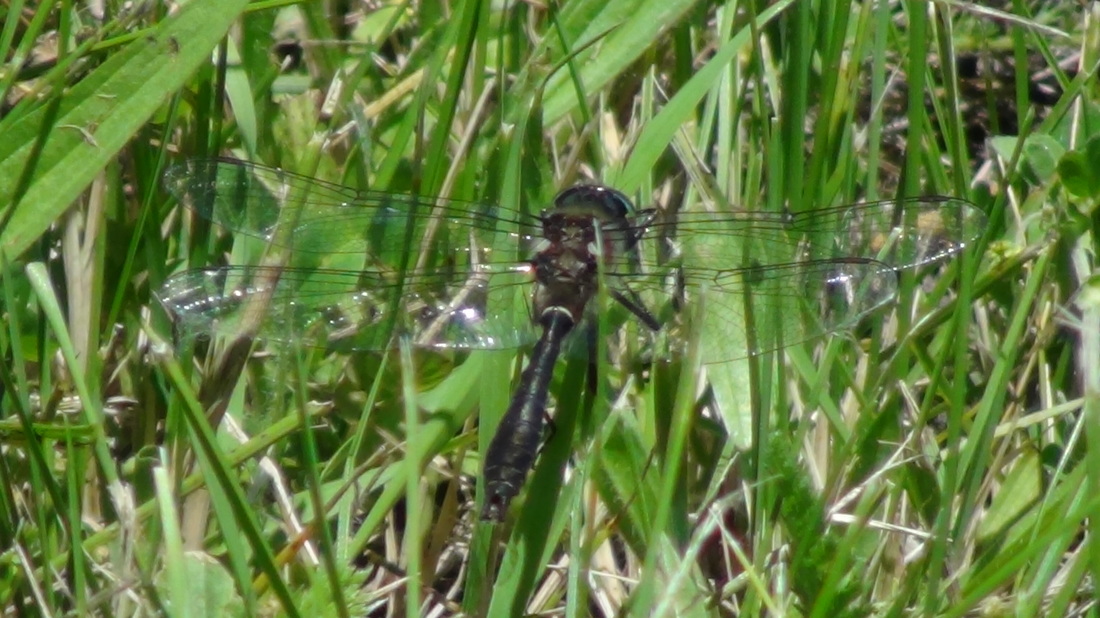
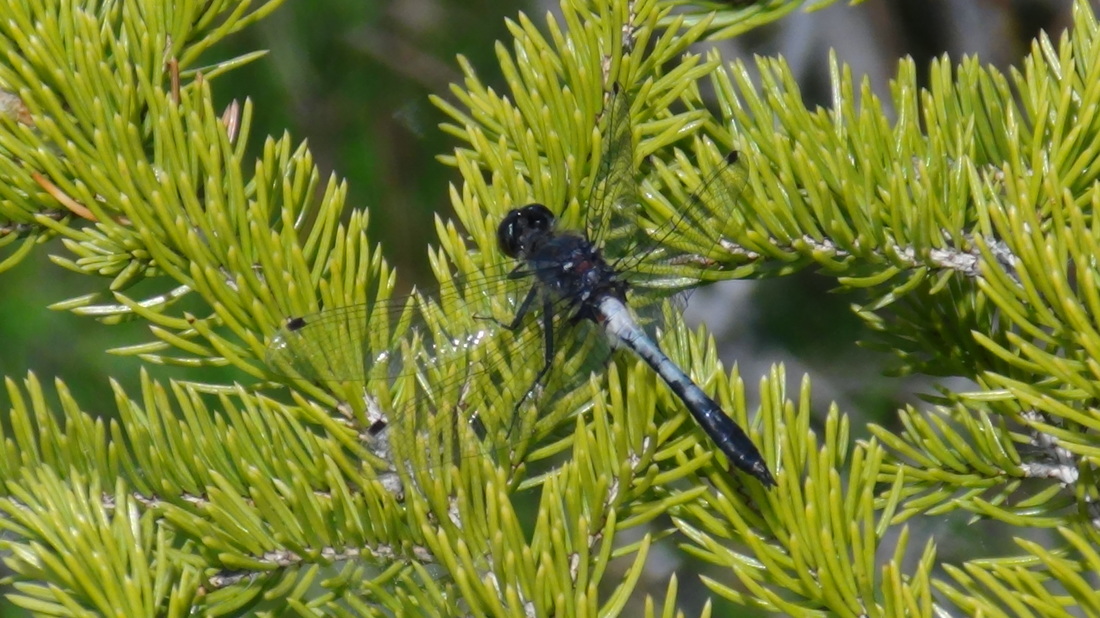
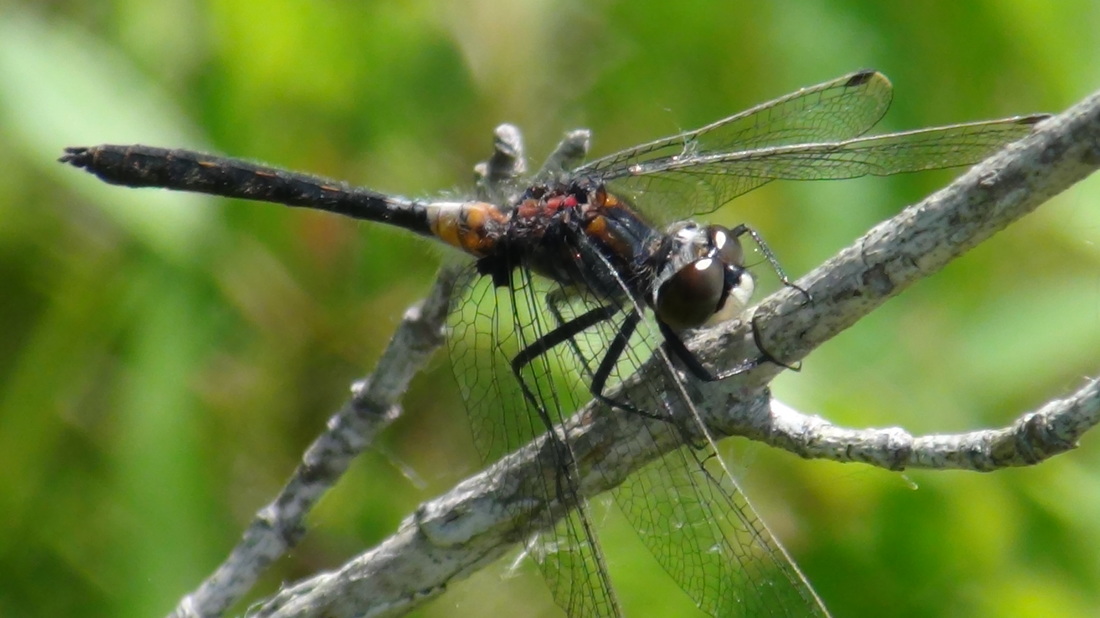
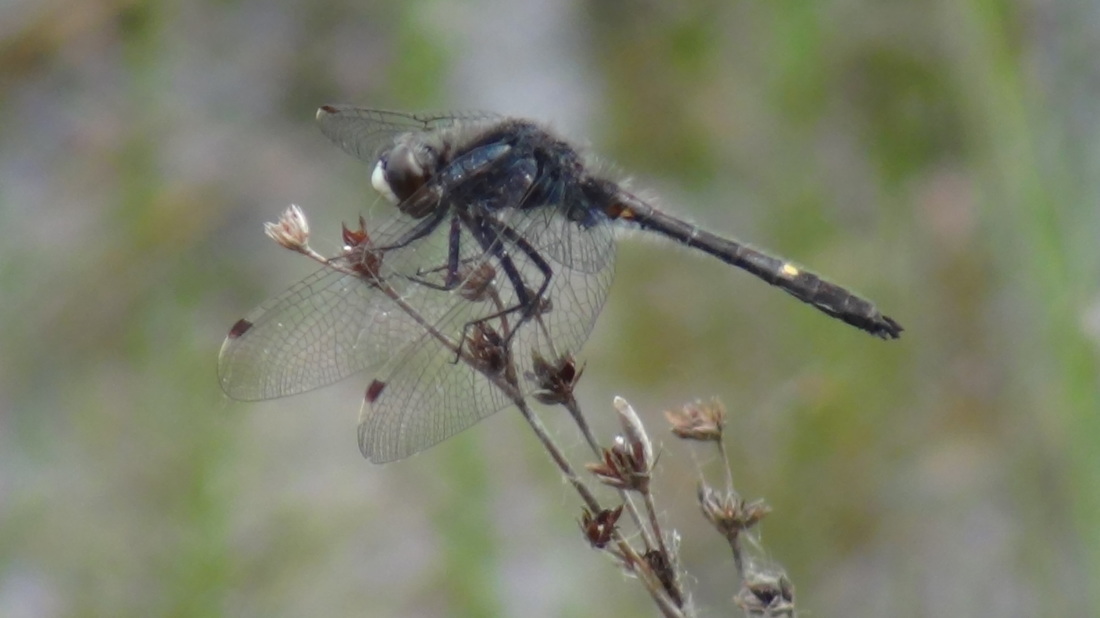
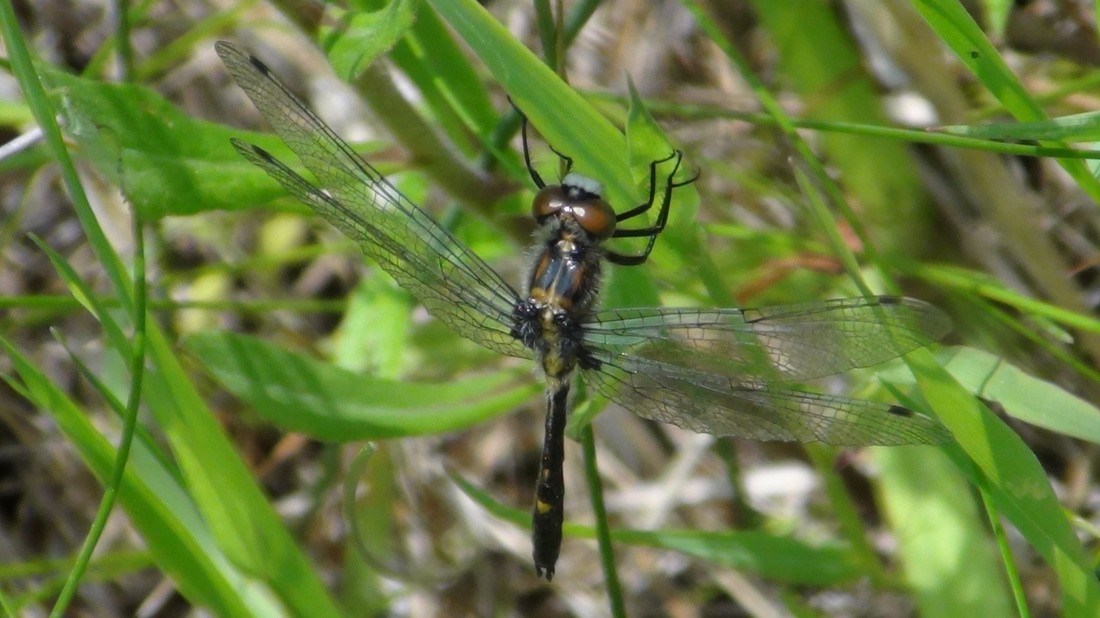
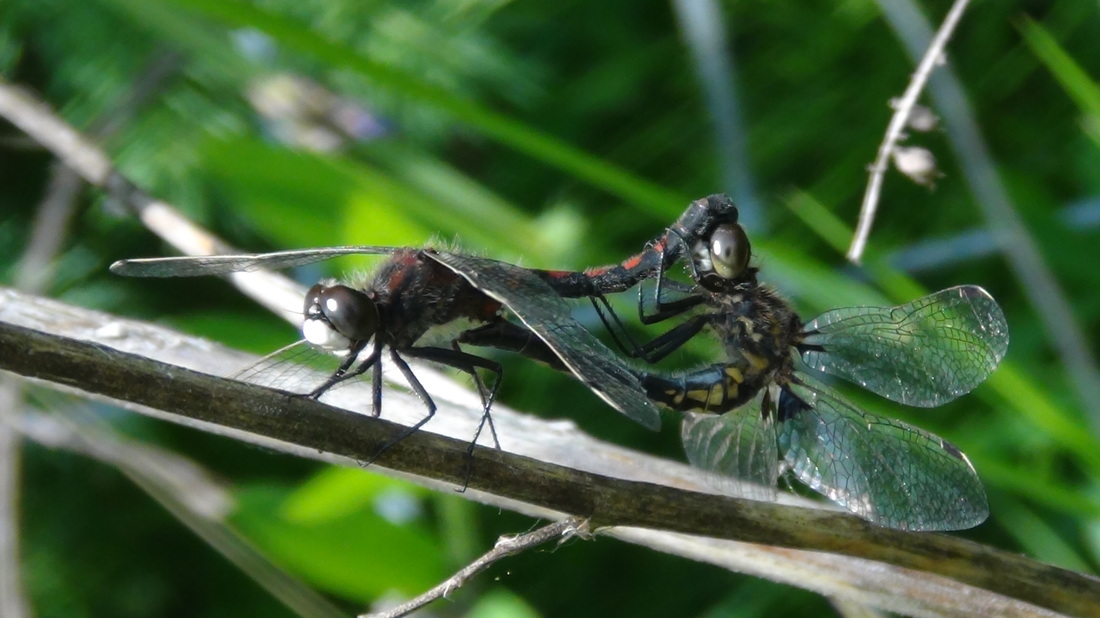
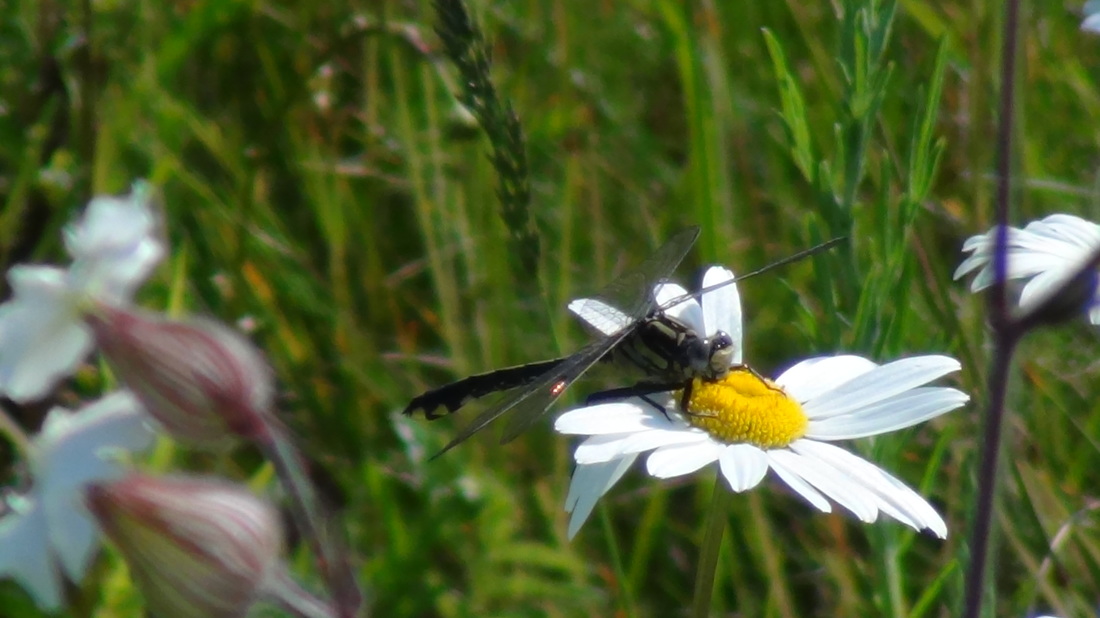
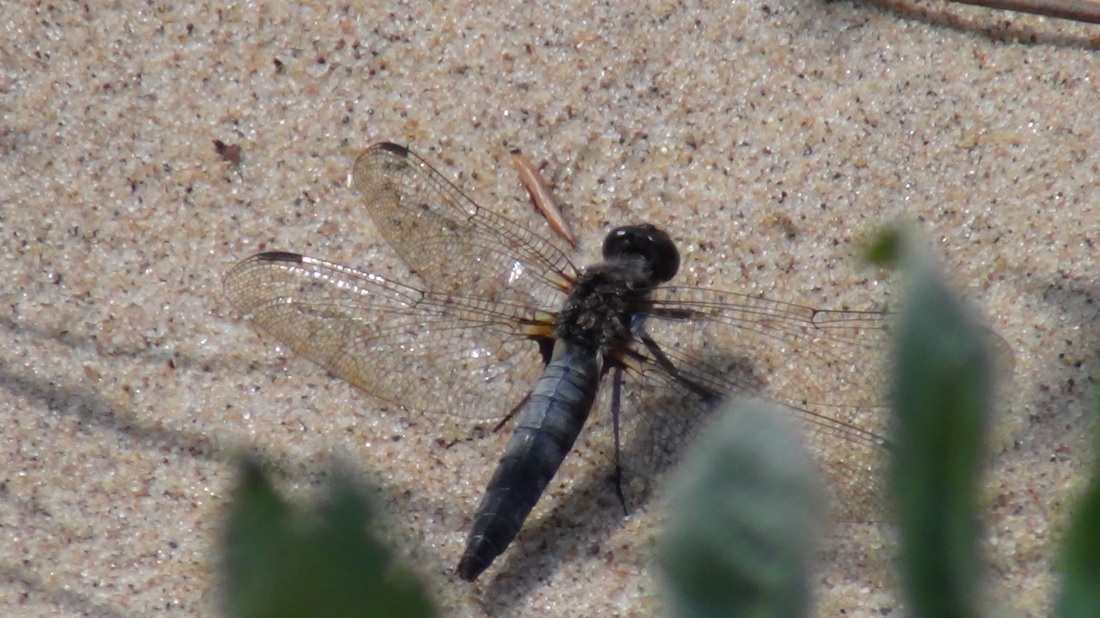
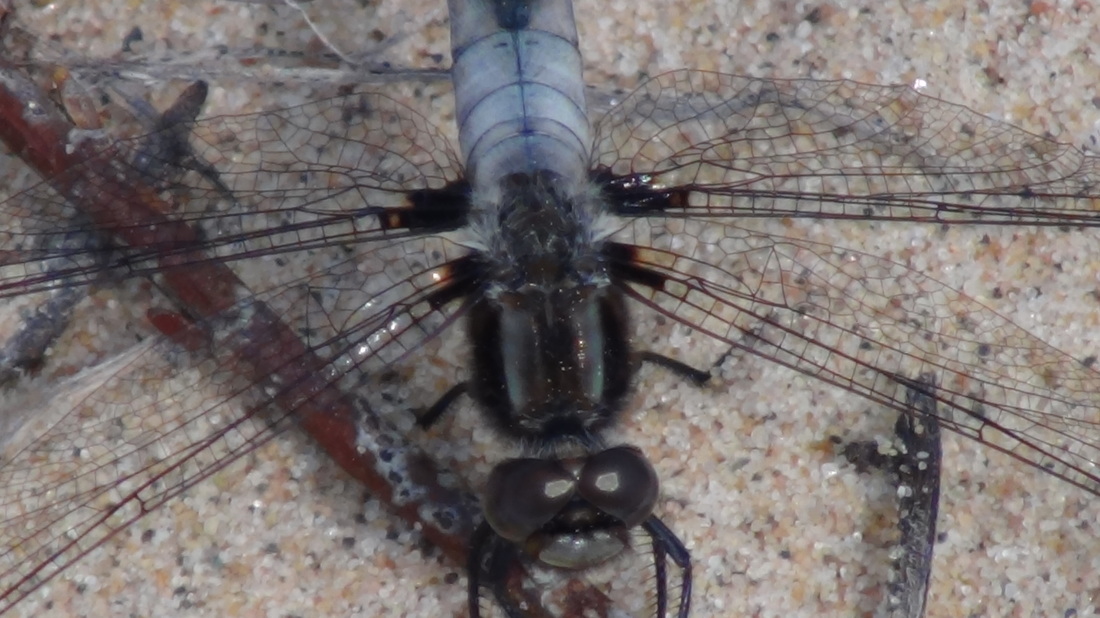
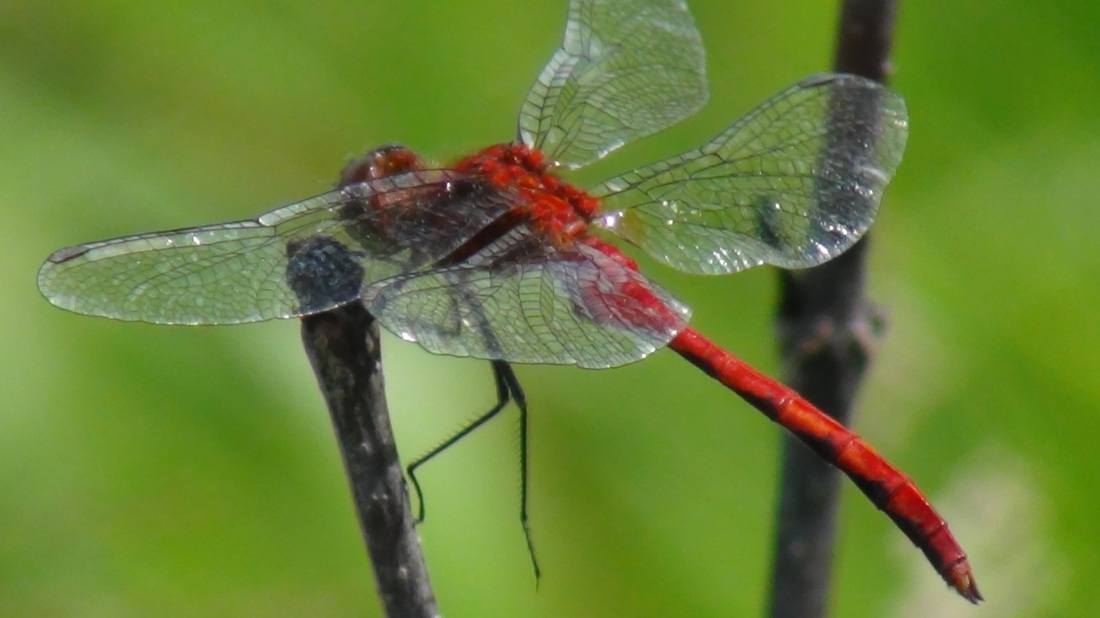
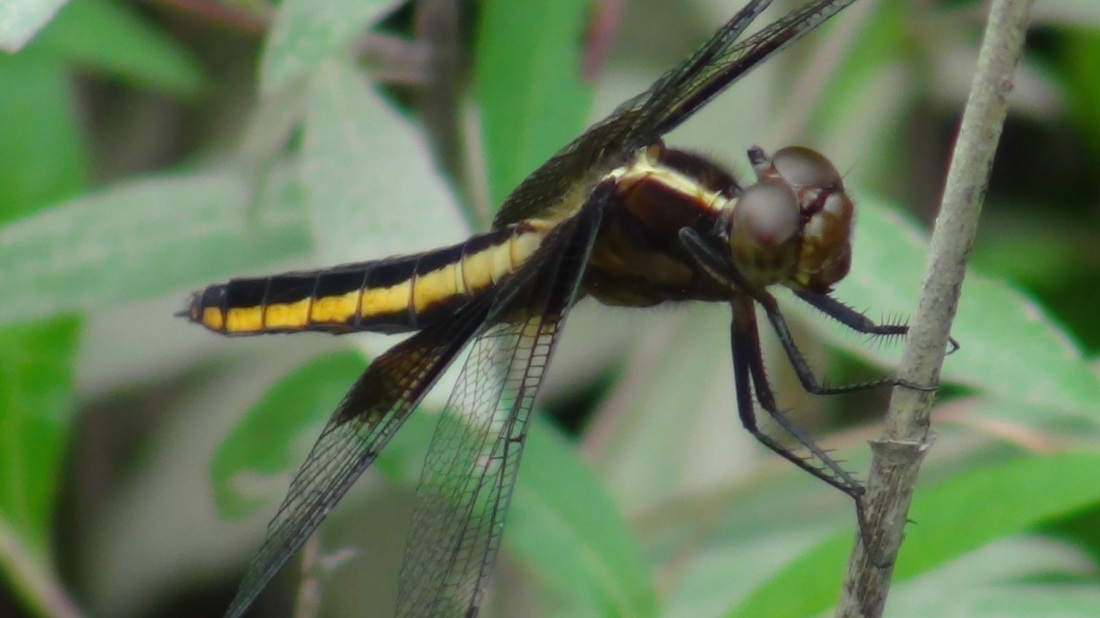
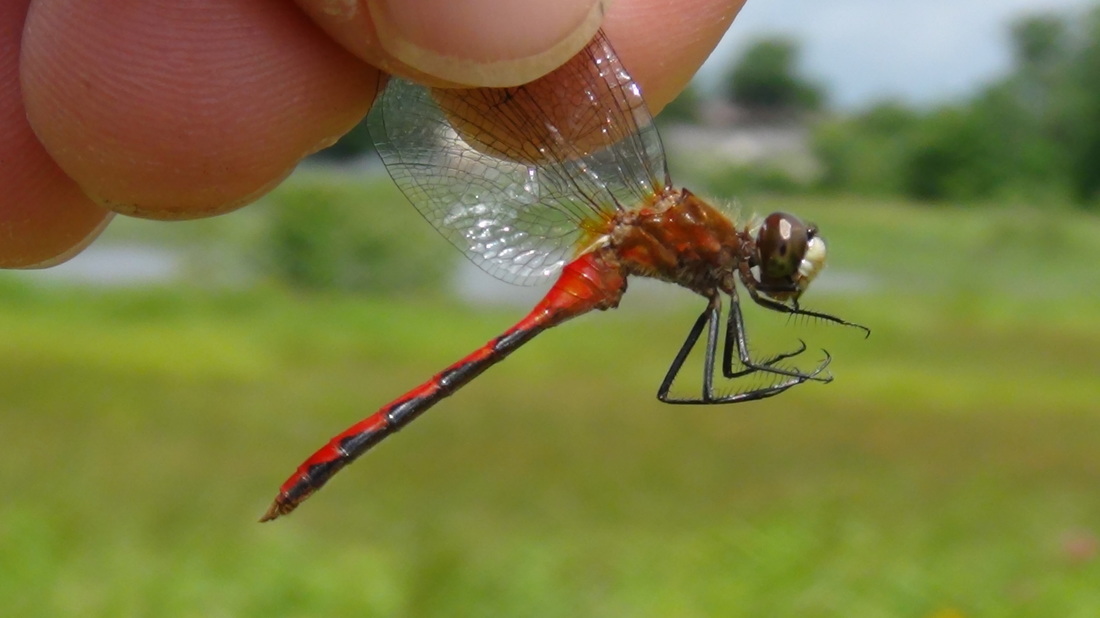
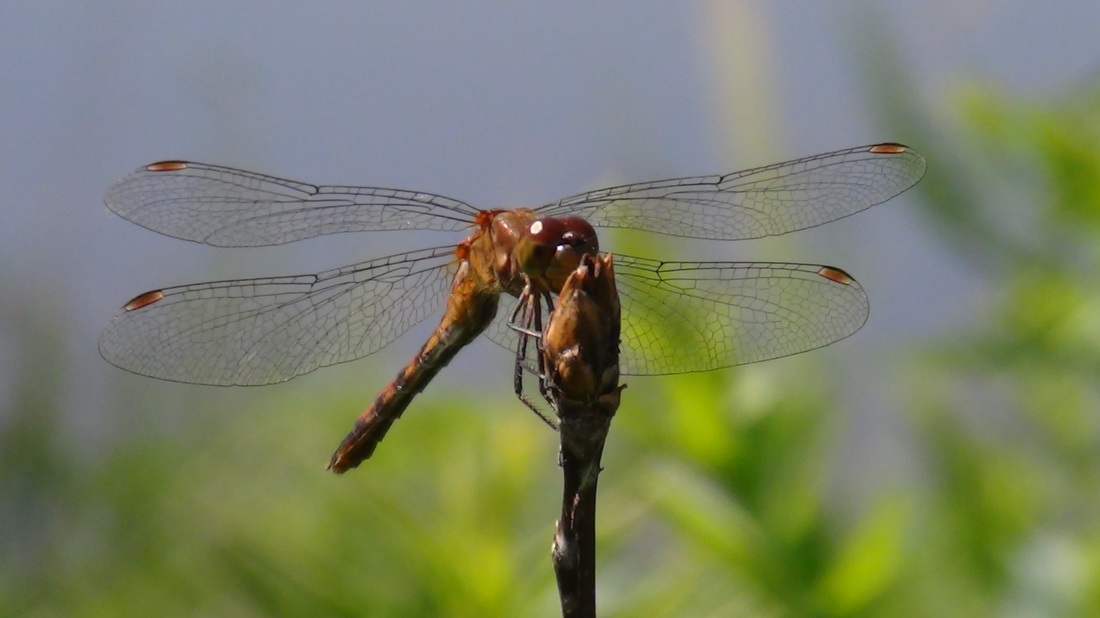


 RSS Feed
RSS Feed
